

Container units form the most integral part of the entire shipping industry, trade, and transport. These shipping containers store various kinds of products that need to be shipped from one part of the world to another via different types of container ships.
Moving containers protect contents on their long journeys and ensure they make it back to you in one piece.
Depending on the type of products to be shipped or the special services needed, container units may vary in dimension, structure, materials, construction, etc. Various shipping containers are being used today to meet the requirements of all kinds of cargo shipping.
Some of the most common types of shipping containers in use today are mentioned below.
The most commonly used shipping containers; come in various dimensions standardized by ISO. They are used for shipping dry materials and come in the size of 20ft, 40 ft and 10ft.
With collapsible sides, these are like simple storage shipping containers where the sides can be folded to make a flat rack for shipping a wide variety of goods.
With a convertible top that can be removed to make an open top, materials of any height can be shipped quickly.
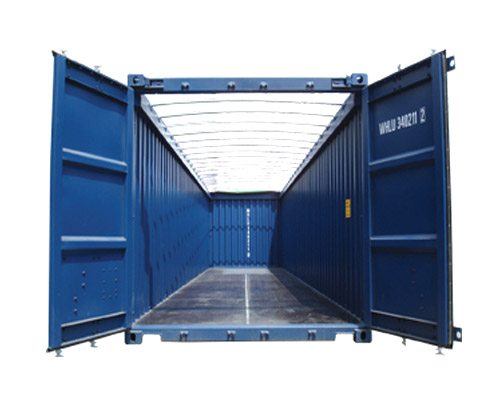

Container storage units are provided with doors on both ends of the container, helping to load and unload materials quickly.
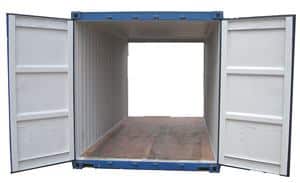

These storage units have doors that can change into open sides, providing a much wider room for loading materials.
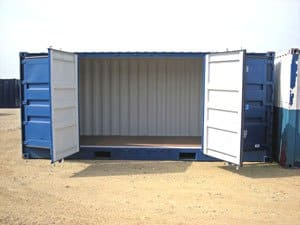

They are a kind of storage unit with double doors, making a wider room for loading and unloading materials. Construction materials include steel, iron etc., in standardized sizes of 20ft and 40ft.
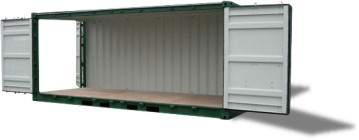

These are temperature-regulated shipping containers that always have a carefully controlled low temperature. They are exclusively used to ship perishable substances like fruits and vegetables over long distances.
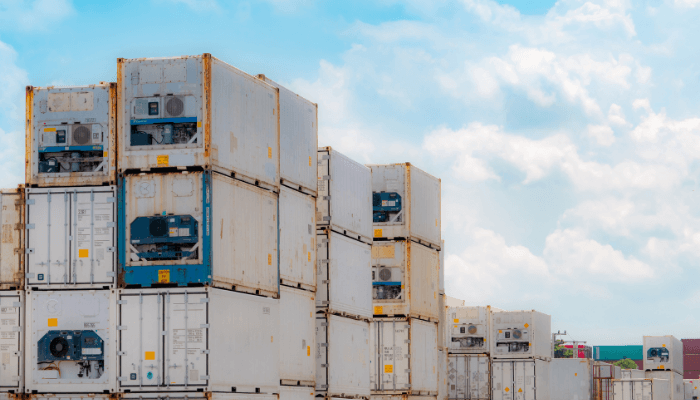

These are the shipping storage containers with regulated temperature control to maintain a higher temperature.
The choice of material is so made to allow them a long life without being damaged by constant exposure to high temperatures. They are most suitable for long-distance transportation of products.
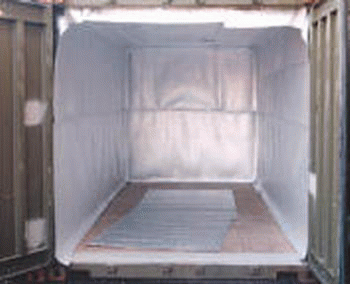

Container storage units are used mainly for the transportation of liquid materials; they are used by a considerable proportion of the entire shipping industry. They are mostly made of strong steel or other anti-corrosive materials, providing them with long life. They also offer the best protection to the materials stored in them.
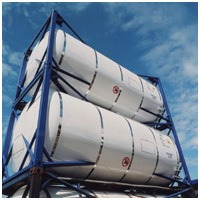

A foldable container is one of the specialized container units made to transport sets or stacks of materials. They are made of thick and robust wire mesh along with rollers that allow their easy movement. The availability of a range of coloured wire meshes makes these shipping container units a little more cheerful.
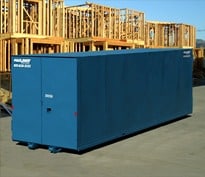

Another kind of shipping container includes half-height containers. Made primarily of steel, these containers are half the height of full-sized containers. Used primarily for goods like coal, stones etc., which need easy loading and unloading.
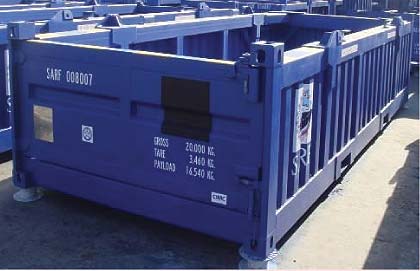

Car carriers are container storage units made especially for transporting over long distances. They come with collapsible sides that help a car fit snugly inside the containers without the risk of being damaged or moving from the spot.


These are specialized storage shipping containers made solely for the intermediate shipping of goods. They are designed to handle large amounts of materials and are made for shipping materials to a destination where they can be further packed and sent off to the final spot.
As the name suggests, circular shipping containers are made from steel, lightweight metals, fibre, hard plastic etc. , are most suitable for bulk transport of liquid materials. They are smaller but may need extra space due to their shape.
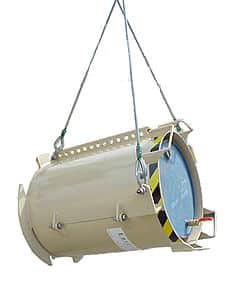

Not ordinary containers; these are container units custom-made for specialized purposes. Mainly, they are used for high-profile services like the shipment of weapons and arson. Their construction and material composition depend on the particular purpose they need to cater to. But in most cases, security remains the top priority.
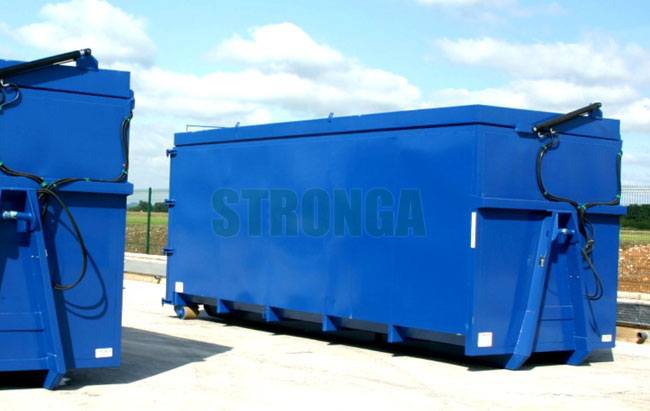

They are a special kind of container used mainly in Europe. Not made according to the ISO standards, they are not standardized shipping container units but are extremely useful. They are provided with a firm bottom and a convertible top making them suitable for shipping many products.


Containers are used for transporting cargo via sea to far-off locations. Since it is an expensive affair, saving space onboard container ships is essential for transporting as many goods as possible. Containers are of many types, depending on the type of goods shipped. They ensure the safety of the cargo and can be stacked on top of each other; hence, they are also very convenient.
The shortage of containers began with the advent of the Covid-19 pandemic. As soon as WHO declared the covid outbreak a grave pandemic, production declined, and many ships were stranded at ports due to international relations. Hence, the transportation chain was affected, including commodity demand and supply. Ships with empty containers had to remain in ports, creating a shortage of containers in the shipping sector. Also, the covid pandemic led to other issues like port congestion, labour shortages and increasing operating costs.
Empty shipping containers are refilled with cargo and shipped from the port to their new destination. Sometimes, they can be seen piled up at ports and harbours, ready to be used again.
Different colours are used for shipping containers as a method of identification. Every colour has a different meaning to it. It could be a one-time-use container or could be used for round trips as well. The colour also denotes the type of cargo being carried. Also, for business owners, the colour of the container greatly affects its price.
Shipping companies sell old containers once they reach an age of 8 to 12 years and become unusable. They require maintenance to remain at par with international shipping standards. However, repairing them is rather cumbersome. Hence they are sold off, and new ones are used. People who buy these containers use them quite innovatively.
You may also like to read-
References: out-back storage, shipping-container-housing, shipping-worldwide










We believe that knowledge is power, and we’re committed to empowering our readers with the information and resources they need to succeed in the merchant navy industry.
Whether you’re looking for advice on career planning, news and analysis, or just want to connect with other aspiring merchant navy applicants, The Marine Learners is the place to be.